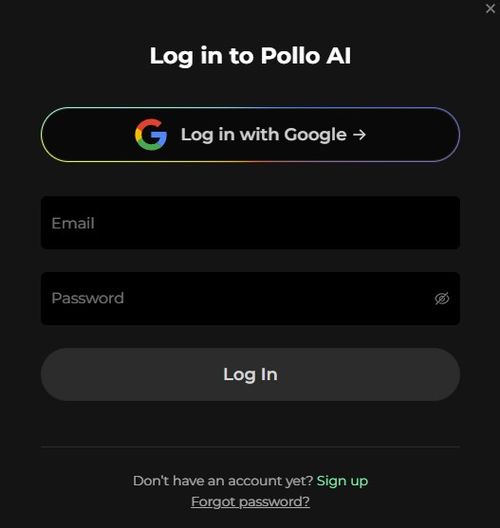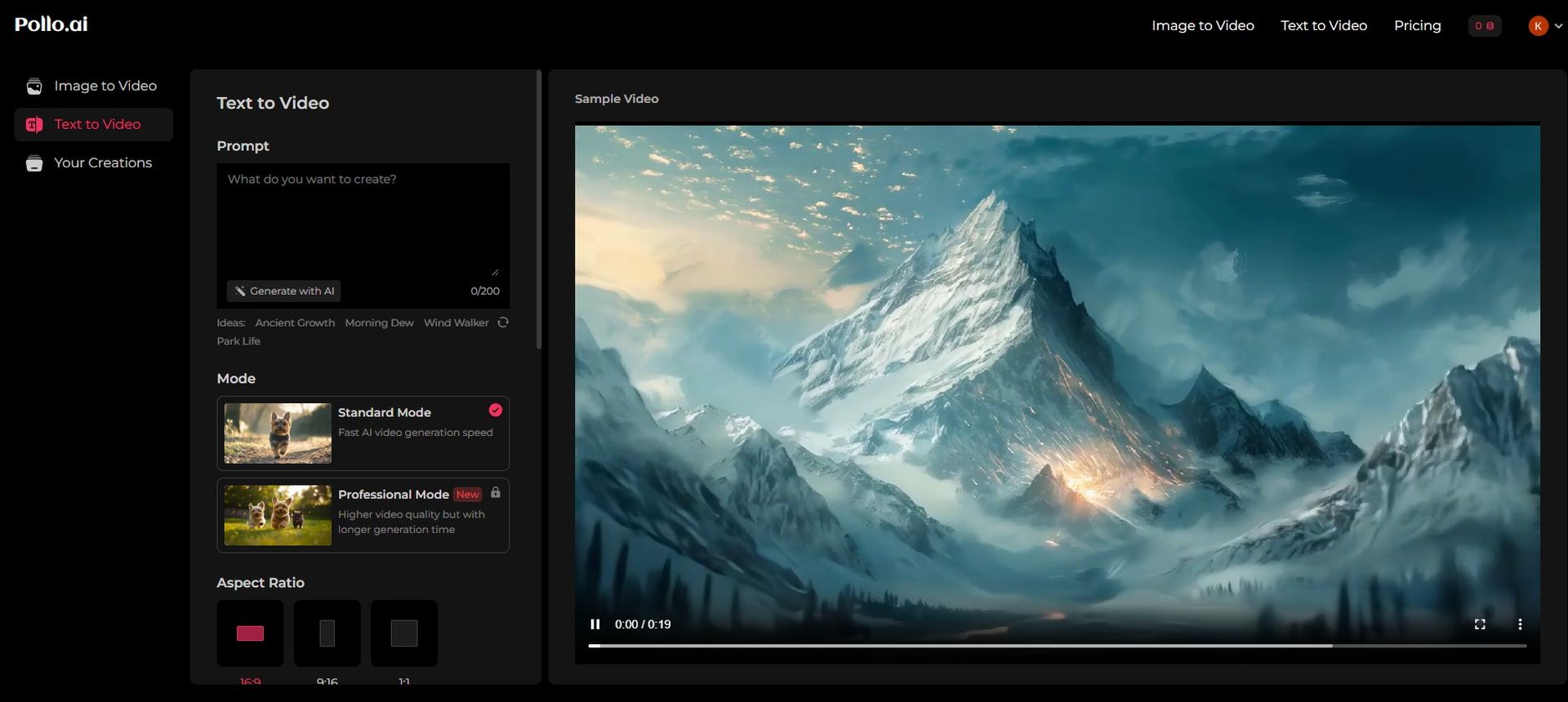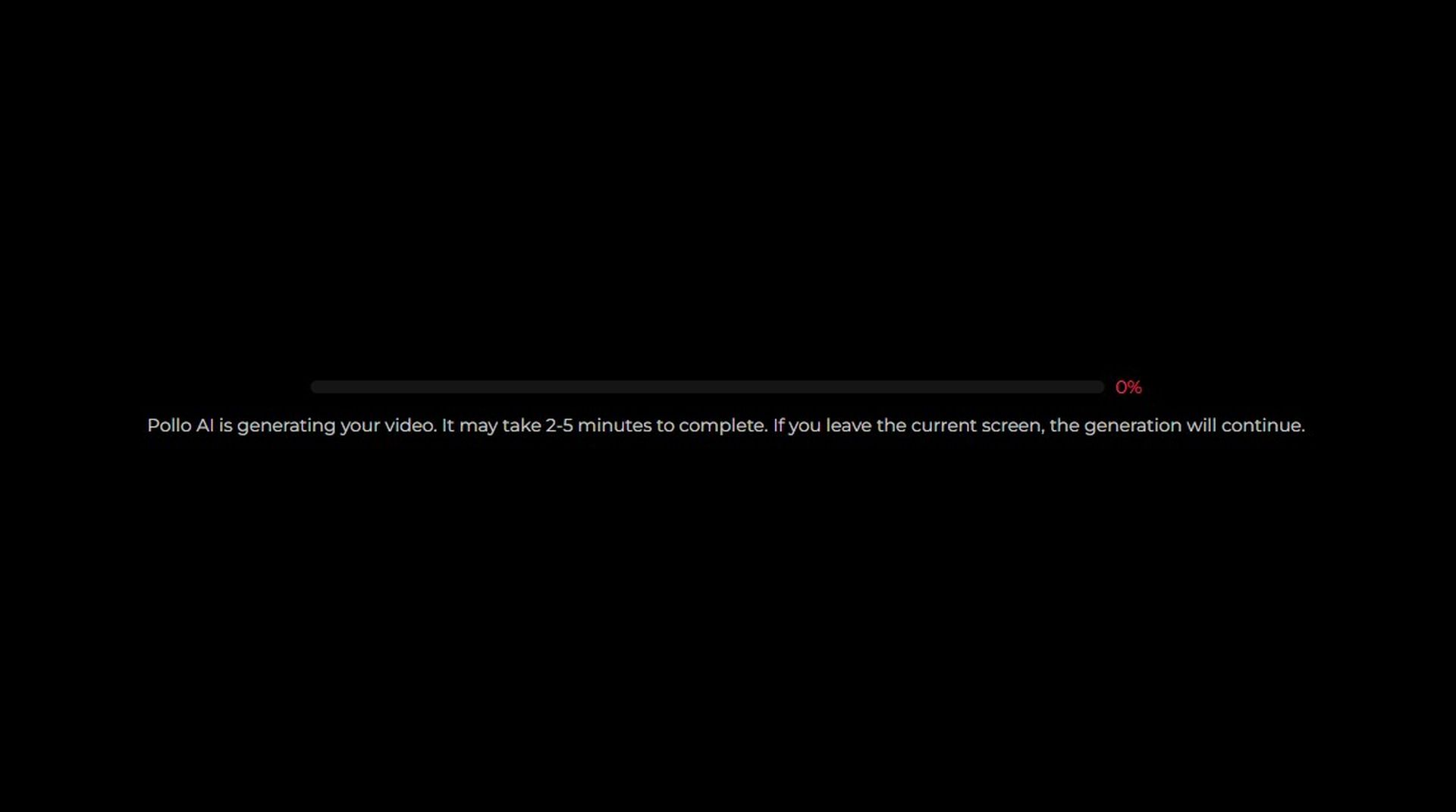Unlocking Creativity: Exploring the Potential of Pollo AI’s Text-to-Video Generator
In a world where visual content drives engagement and storytelling, Pollo AI emerges as a promising contender in the burgeoning landscape of text-to-video artificial intelligence tools. With its user-friendly interface and visionary approach, this tool allows users to transform text prompts into dynamic visuals, offering a glimpse into a future where creativity knows fewer boundaries. But what is it really like to use Pollo AI? Let’s delve into our experiences and uncover the strengths and limitations of this innovative technology.
Navigating Pollo AI: First Impressions
Getting started with Pollo AI was simple and seamless. We visited their website at pollo.ai, where we easily signed up using our Google account. The minimalist design instantly conveyed an air of sophistication and futuristic potential. As we prepared to craft our video, the anticipation was palpable. With a promise to turn mere thoughts into a full-fledged video, one couldn’t help but wonder if Pollo AI could truly deliver.
Crafting the Perfect Prompt: Testing Our Limits
After setting up our account, we fast-forwarded to the fun part: generating our first video. We decided on a prompt that encapsulated the spirit of innovation:
"A young entrepreneur pitches her AI startup to skeptical investors, showcasing tech and sharing a personal journey. It was meant to be emotional, dynamic, and confident."
Having high expectations, we meticulously entered our prompt, adjusted technical settings like camera movements, and hit the ‘Generate’ button, setting the stage for creativity to unfold.
The Moment of Truth: Witnessing AI in Action
After roughly ten minutes, the much-anticipated video was ready for viewing. The resultant clip wasn’t quite what one might call cinematic gold, but it was a colorful representation of our initial idea—a confident entrepreneur pitching her vision amid a skeptical audience. While the expressions of our characters could use some fine-tuning, the experience underscored a promising reality: generating videos from text prompts is no longer a distant dream. It is here, though definitely still a work in progress.
Step-by-Step Guide to Using Pollo AI
Embarking on your journey with Pollo AI is straightforward. Here’s a quick breakdown of the steps we followed:
- Access the Website: Navigate to pollo.ai. The minimalist aesthetic feels clean and inviting.
- Sign Up: Use your Google account or email address to create an account. The signup process was hassle-free.

- Input Your Prompt: Enter your chosen text prompt. Pollo AI offers options for generating prompts if you need a creative boost.

Adjust Settings: Fine-tune options such as camera angles and panning preferences. The more specific the settings, the better the results.
- Generate: Sit back and relax. Pollo AI typically takes between 5 to 15 minutes to produce a video, depending on prompt complexity. A visual progress bar keeps you updated on its progress.

- Download: Once completed, the video is ready for download, allowing you to share your visual creation with the world.
The Competitive Landscape of Text-to-Video Tools
Pollo AI does not operate in isolation; it finds itself amid a rapidly expanding array of text-to-video AI generators. Our explorations extended to other players like PixVerse AI, CopyCopter, MiniMax AI, and Zhipu AI. Each operates under similar constraints: creators frequently contend with rough edges, unexpected interpretations, and occasional glitches.
Despite these challenges, progress is visible. For instance, MiniMax AI impressed us with a panoramic depiction of a winter wonderland, exemplifying the potential these AI systems have as they mature. Likewise, Zhipu AI surprised us with a bustling medieval marketplace, where villagers animatedly interacted—albeit with some characters gliding rather than walking.
Distinct Features: What Sets Pollo AI Apart?
What makes Pollo AI particularly intriguing are the extra features it offers. Users can modify the overall style of their videos, choosing between a cinematic feel or a more cartoonish interpretation. While sometimes the output may not align perfectly with expectations, these options contribute to story personalization and creative expression.
The Future of AI-generated Content: A New Era of Creativity
As we look ahead, it’s clear that tools like Pollo AI will only improve in both quality and their ability to comprehend complex prompts. With technology evolving daily, we can expect a future where AI-generated videos might become nearly indistinguishable from those produced by human hands.
Creating Effective Prompts: Tips for Success with Pollo AI
To maximize the Power of Pollo AI and harness its full potential, crafting effective prompts is crucial. Here are some tips that worked well for us:
Be Specific: Providing detailed descriptions can significantly enhance the AI’s ability to generate rich visuals. Instead of a vague prompt like "busy city," try "a bustling downtown filled with towering skyscrapers, pedestrians strolling on the sidewalks, and yellow taxis weaving through traffic."
Use Sensory Language: Keywords such as “vivid,” “dimly lit,” or “hazy” enrich the details available for visualization, creating a more dynamic output.
Structure Your Scene: Indicate scene elements like whether you want a wide-angle shot or something more intimate. Guidance on camera movement adjustments like panning or zooming enhances the relevance of the final video.
Add Context: Context can enhance coherence within a generated video. Instead of a simple prompt of "market," consider something more immersive: "a lively medieval market bustling with villagers negotiating prices, children playing, and merchants passionately haggling."
Utilize Comparisons: If you have a specific style in mind, analogies can be beneficial. For example, you might say “a city scene reminiscent of a classic 1950s noir film” to articulate the desired tone.
One Idea at a Time: To avoid confusion for the AI, try to keep prompts centered on one core idea. This focus ensures clarity and prevents muddled narratives.
Experiment with Different Styles: Don’t hesitate to play with different tones or vibes in your prompts, whether you’re aiming for something lighthearted or serious.
Iterate for Improvement: If your first attempt doesn’t yield the desired results, revise your prompt. Adjusting phrases or including additional detail can make substantial differences.
- Tone and Mood: Convey the atmosphere you wish to encompass, whether whimsical, dramatic, or tense. Matching the vocabulary with the intended mood helps AI align its creative output.
Conclusion: The Road Ahead for Pollo AI
Pollo AI may not be flawless at this point, but it sparks essential conversations about creativity in the modern age—how stories are conceptualized, how visions are forged into visuals, and how artificial intelligence can aid or even inspire human creativity. Until its capabilities mature fully, users must navigate this exciting yet imperfect realm and continuously shape their prompts to command more cohesive and vibrant outputs. As AI technology progresses, the boundary between human and machine-generated content may blur, paving the way for a reimagined creative future. What masterpiece will you create with Pollo AI? The possibilities are just beginning to unfold.







